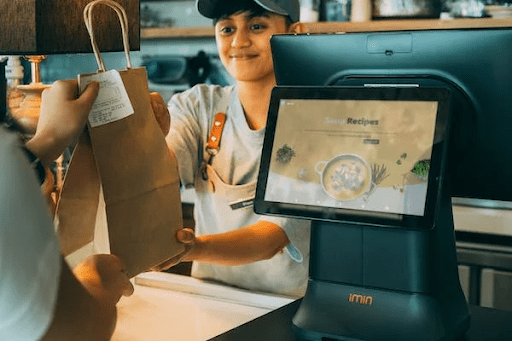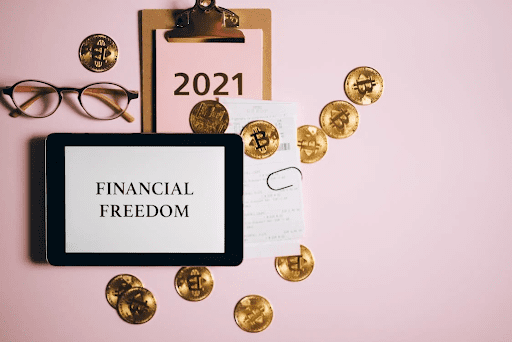In today’s digital age, more and more businesses are adopting digital receipts as an alternative to traditional paper receipts. A digital receipt, also known as an electronic receipt or e-receipt, is a digital record of a transaction that is sent to the customer via email, text message, or mobile app. In the text below, we’ll explore what digital receipts are, how they work, and their benefits for both businesses and customers.
How does it work?
Digital receipts work by using a point of sale (POS) system that is capable of generating a digital record of a transaction. When a customer makes a purchase at a business that offers digital receipts, they are given the option to receive their receipt digitally instead of in print form. If the customer opts for a digital receipt, the POS system sends the receipt to the customer’s email address, phone number, or mobile app.
OCR API
We should also tell you about the OCR API, an application programming interface (API) that uses optical character recognition (OCR) technology to extract data from images of receipts. OCR technology allows computers to recognize and convert text from images into digital text that can be edited, searched, and analyzed. So, because of this, the receipt OCR API is specifically designed to extract relevant information from receipts, such as the merchant name, date of purchase, items purchased, and total amount spent. This information can then be used for various purposes, such as expense tracking, accounting, and tax purposes. Receipt OCR APIs can be integrated into various applications, such as mobile apps and accounting software, to automate the process of data extraction and eliminate the need for manual data entry. This can save time and reduce errors, improving the overall efficiency of business operations.
The many benefits
Digital receipts offer several benefits to both businesses and customers. With traditional paper receipts, it can be easy to misplace or lose track of them, making it challenging to access the information when needed. However, with digital receipts, customers can easily access their receipts at any time, from anywhere, using their email, text message, or mobile app. This means that customers can quickly and easily retrieve their receipts for personal or business purposes, such as expense tracking, reimbursement, or tax purposes.
Additionally, digital receipts can offer a level of organization that is difficult to achieve with paper receipts. Also, digital receipts can be an eco-friendly alternative to paper receipts. By reducing paper waste, businesses can reduce their environmental footprint and promote sustainability. For customers who are environmentally conscious, choosing to receive digital receipts can be a simple but impactful way to contribute to a more sustainable future.
Convenience
For customers, digital receipts offer convenience and accessibility. Customers no longer need to worry about keeping track of paper receipts, which can be easily lost or damaged. With traditional paper receipts, it can be easy to misplace or lose track of them, making it challenging to access the information when needed. However, with digital receipts, customers can easily access their receipts at any time, from anywhere, using their email, text message, or mobile app.
It’s worth mentioning that digital receipts can offer a level of organization that is difficult to achieve with paper receipts. With digital receipts, customers can organize their receipts by date, vendor, or category, making it easier to track expenses and identify spending patterns. This can be especially helpful for business travelers who need to keep track of expenses on the go or for individuals who want to manage their personal finances more effectively.
Security and data collection
It’s important to note that digital receipts are subject to certain regulations and data protection laws, such as the General Data Protection Regulation (GDPR) in the European Union. Businesses that offer digital receipts must ensure that customer data is collected and stored securely and that customers have the option to opt out of receiving digital receipts if they so choose.

Keeping track
Another advantage of digital receipts is the ease of tracking expenses. Instead of sorting through a pile of paper receipts, customers can easily access and organize their digital receipts through their email or mobile app. This makes it simpler to keep track of expenses for personal or business purposes, as well as to submit receipts for reimbursement or tax purposes. Some digital receipt platforms even offer features such as categorization and tagging, making it easier to identify and sort expenses by type or project.
Loyalty and engagement
Furthermore, digital receipts can also improve customer engagement and loyalty. By offering digital receipts, businesses can collect valuable customer data and use it to tailor marketing and promotional efforts to their customers’ preferences and behaviors. For example, a business can use customer purchasing data to create personalized offers or promotions for their loyal customers, ultimately building stronger relationships and customer loyalty. Overall, digital receipts offer numerous benefits to businesses and customers alike, making them a valuable addition to any business’s strategy.
So, in short, digital receipts are becoming increasingly popular in today’s digital age, providing a convenient and cost-effective alternative to traditional paper receipts. Customers, in turn, benefit from the convenience, accessibility, and environmental benefits of digital receipts.



































